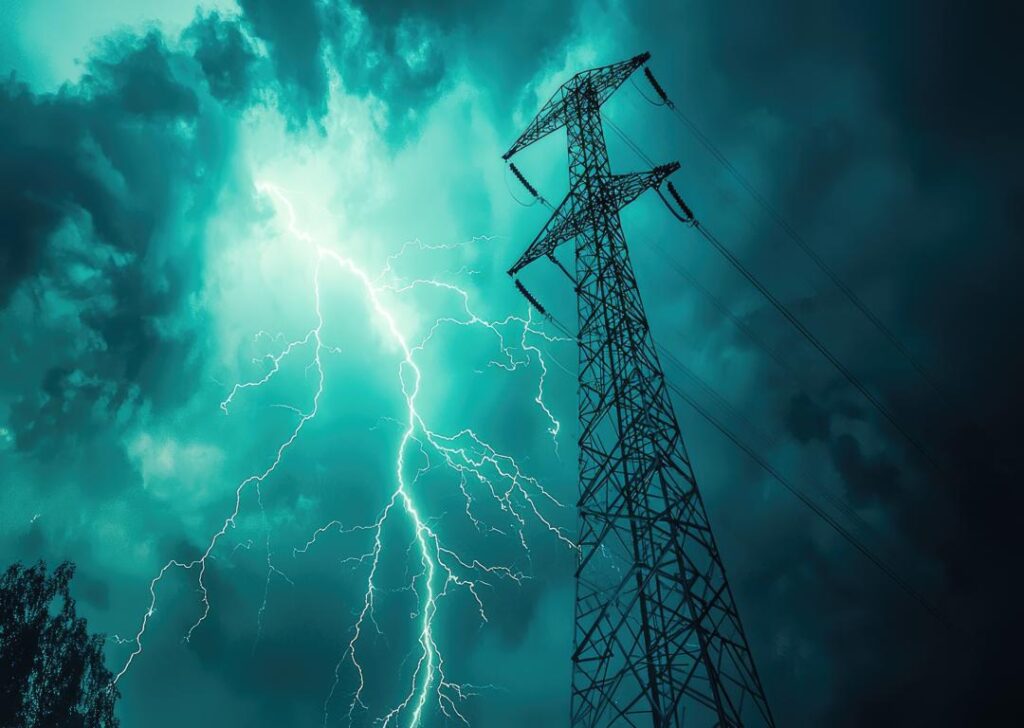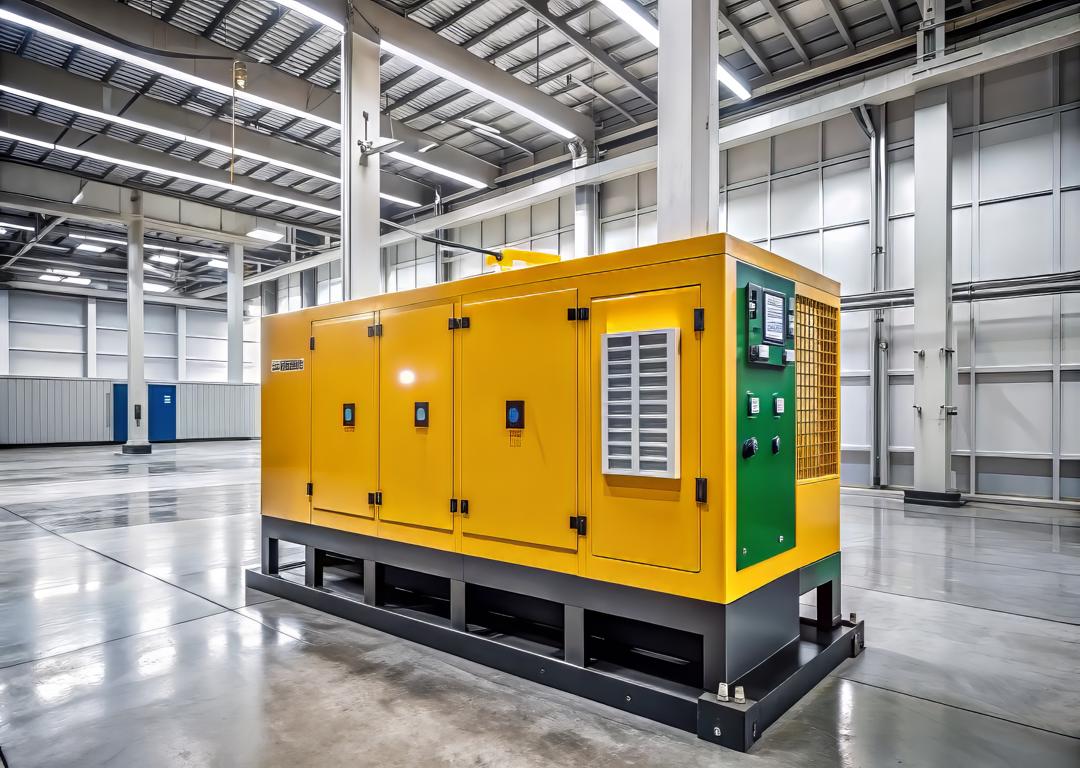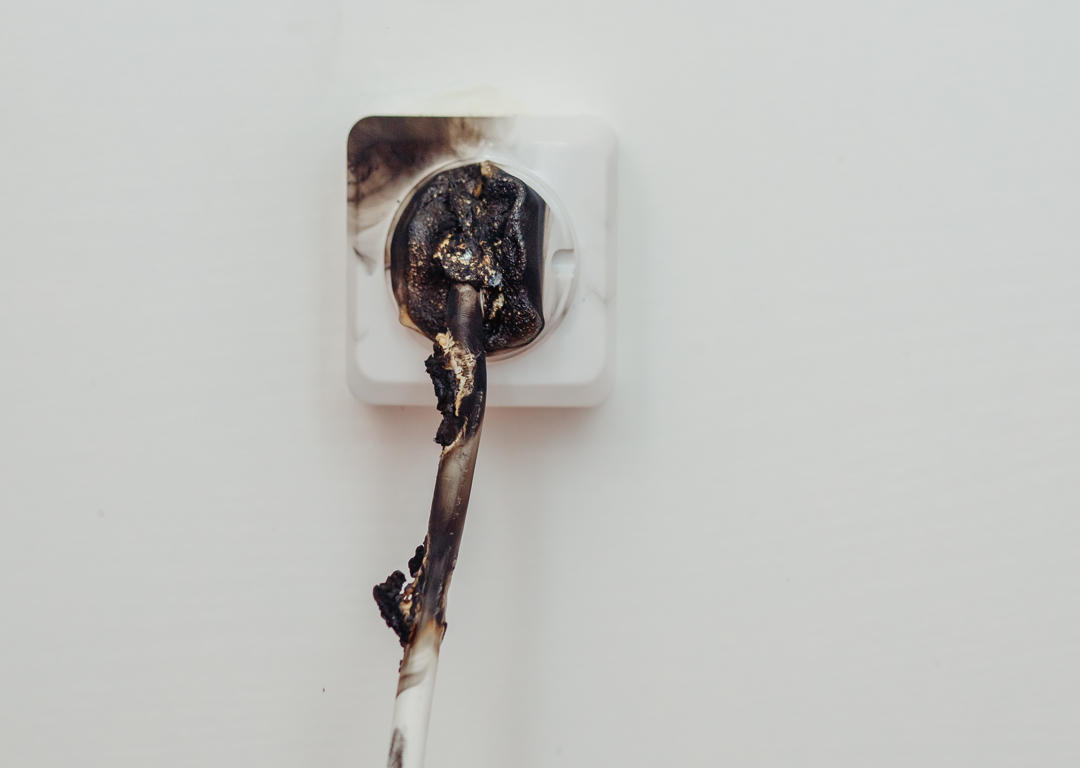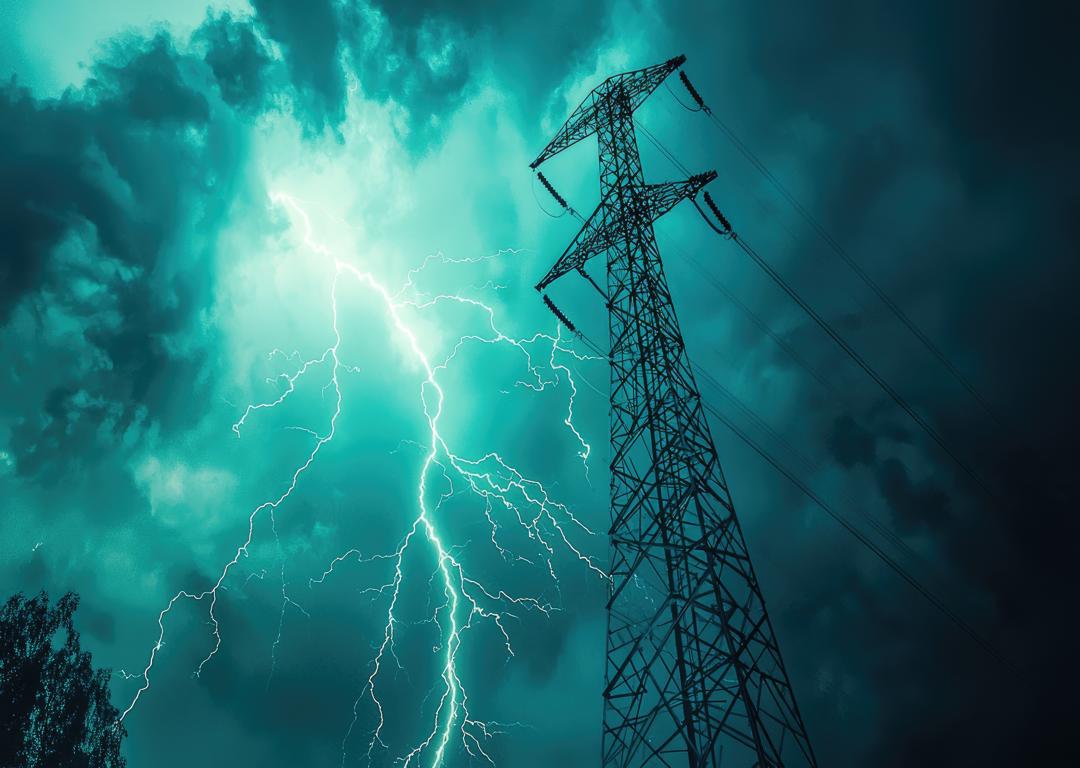
As we move into 2025, many homeowners are looking for ways to improve their homes’ efficiency, safety, and overall functionality. The new year offers the perfect opportunity to consider essential electrical upgrades that can significantly improve your household. Whether it’s enhancing energy efficiency, increasing safety, or modernizing outdated systems, electrical upgrades are crucial for keeping your home running smoothly. With sustainability and smart technology on the rise, making these improvements is an investment in both your property and your peace of mind. In this article, we will explore the top electrical upgrades to consider as part of your New Year’s resolutions for 2025.
Enhance Energy Efficiency with Smart Electrical Systems
One of the most impactful electrical upgrades you can make in 2025 is to incorporate energy-efficient technologies that reduce your electricity consumption and lower utility bills. As homes become more connected, smart electrical systems are revolutionizing how we use and manage power. Here are a few key upgrades to enhance energy efficiency:
Smart Thermostats: These devices allow you to control your home’s heating and cooling remotely, learning your patterns and adjusting the temperature accordingly. Smart thermostats can cut down on energy waste, especially during peak winter and summer months when HVAC systems are in heavy use.
LED Lighting: Replacing traditional incandescent bulbs with LED lights is one of the simplest and most effective ways to reduce energy consumption. LEDs use up to 75% less energy and last much longer, meaning fewer replacements and lower electric bills throughout the year.
Smart Plugs and Outlets: Smart plugs allow you to remotely control appliances and lighting, helping to eliminate “phantom energy” use when devices are left plugged in but not in use. Upgrading to smart outlets gives you the power to monitor and manage the energy usage of specific devices.
Energy-Efficient Appliances: When it’s time to replace old appliances, opting for ENERGY STAR-rated options is a great investment. These appliances meet strict energy efficiency guidelines set by the EPA, consuming less power and water compared to traditional models.
Upgrading your home to incorporate smart technology not only enhances energy efficiency but also gives you greater control over how and when you use electricity. These systems can often be integrated into a larger home automation network, allowing for centralized control through a smartphone or smart hub, making your home both efficient and convenient.
Improve Electrical Safety with Essential Upgrades
Home safety should always be a top priority, and electrical systems are no exception. Aging or faulty electrical wiring and outdated systems can present significant safety hazards, including fire risks, electrical shocks, and power outages. As you plan your New Year’s home improvement projects for 2025, consider these crucial upgrades to enhance your home’s electrical safety:
Replace Outdated Wiring: If your home is more than 30 years old, it’s likely that your electrical wiring may need an update. Old wiring, such as aluminum wiring, is more prone to wear and tear and can present fire hazards. Rewiring your home with modern copper wiring is a significant safety upgrade that will also improve power reliability.
Install Arc Fault Circuit Interrupters (AFCIs): AFCIs provide protection against electrical fires by detecting dangerous arc faults and shutting down the power. Arc faults can occur due to damaged or aging wiring and pose a major fire risk, particularly in older homes. Installing AFCIs in high-risk areas, such as bedrooms and living rooms, ensures an added layer of protection for your home.
Upgrade to GFCI Outlets: Ground Fault Circuit Interrupter (GFCI) outlets are required by code in bathrooms, kitchens, and outdoor areas, but older homes may not have them installed. GFCI outlets detect electrical imbalances caused by water exposure and automatically shut off the power to prevent electric shocks, making them an essential upgrade for electrical safety.
Whole-Home Surge Protection: Power surges, often caused by lightning strikes or grid fluctuations, can damage or destroy your electrical devices and appliances. Installing a whole-home surge protector at your electrical panel will shield your entire system from power surges, extending the lifespan of your electronics and safeguarding sensitive equipment.
These safety upgrades not only help prevent electrical emergencies but also bring your home up to modern electrical code standards, which is important for insurance purposes and maintaining the value of your property.
Increase Home Value with Smart Home Automation
The demand for smart homes is continuing to grow, and upgrading your electrical system to include smart technology is an excellent way to increase your home’s value. Integrating automation into your electrical system provides a higher level of control, convenience, and energy management, making your home more attractive to future buyers. Key smart home upgrades to consider for 2025 include:
Smart Lighting Systems: Connected lighting systems allow you to control your home’s lights through voice commands or mobile apps, with settings that can adjust automatically based on time of day or occupancy. Smart lighting also pairs well with motion sensors, ensuring that lights turn on only when needed, further enhancing energy savings.
Home Security and Surveillance: Smart security systems, including video doorbells, cameras, and motion sensors, offer real-time monitoring and protection for your home. With options to remotely control locks, receive alerts, and even communicate with visitors, these systems offer heightened security and peace of mind.
Smart Power Panels: A smart power panel provides you with real-time information about your electrical usage, helping you to identify areas where you can reduce energy consumption. These panels allow for remote monitoring of your electrical system, which can be beneficial in detecting problems early, such as overloaded circuits or wiring issues.
Electric Vehicle (EV) Charging Stations: As more homeowners switch to electric vehicles, having a dedicated EV charging station installed at home is becoming a sought-after feature. Adding a 240-volt outlet or a Level 2 charging station in your garage can increase your home’s appeal and prepare you for the future of transportation.
Investing in smart home automation not only enhances your quality of life but also boosts your home’s resale value by keeping it up to date with current trends in technology and energy efficiency.
Reduce Your Carbon Footprint with Renewable Energy Solutions
In 2025, more homeowners are exploring ways to reduce their carbon footprint and make environmentally conscious choices. Integrating renewable energy solutions into your electrical system is a forward-thinking upgrade that will help you save on energy costs while contributing to a more sustainable future. Consider the following renewable energy options:
Solar Panels: Solar energy is one of the most popular renewable energy solutions for homeowners looking to reduce their reliance on the grid. Installing solar panels can significantly cut your electricity bills, and many states offer incentives or tax credits to offset the initial cost. Solar systems can be paired with energy storage solutions to maximize efficiency and provide backup power in the event of a blackout.
Wind Energy Systems: For homes located in windy areas, small-scale wind turbines can be an excellent way to generate clean electricity. While not as common as solar, wind energy can be a viable option for homeowners looking to diversify their renewable energy sources.
Geothermal Heating and Cooling: Geothermal systems use the constant temperature of the earth to heat and cool your home more efficiently than traditional HVAC systems. While the upfront installation costs can be high, geothermal systems offer significant long-term savings on energy bills and can drastically reduce your home’s carbon footprint.
Incorporating renewable energy solutions into your home’s electrical system is a significant investment, but it offers long-term benefits in terms of sustainability, energy independence, and financial savings.






